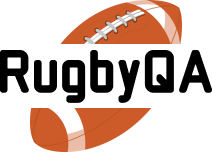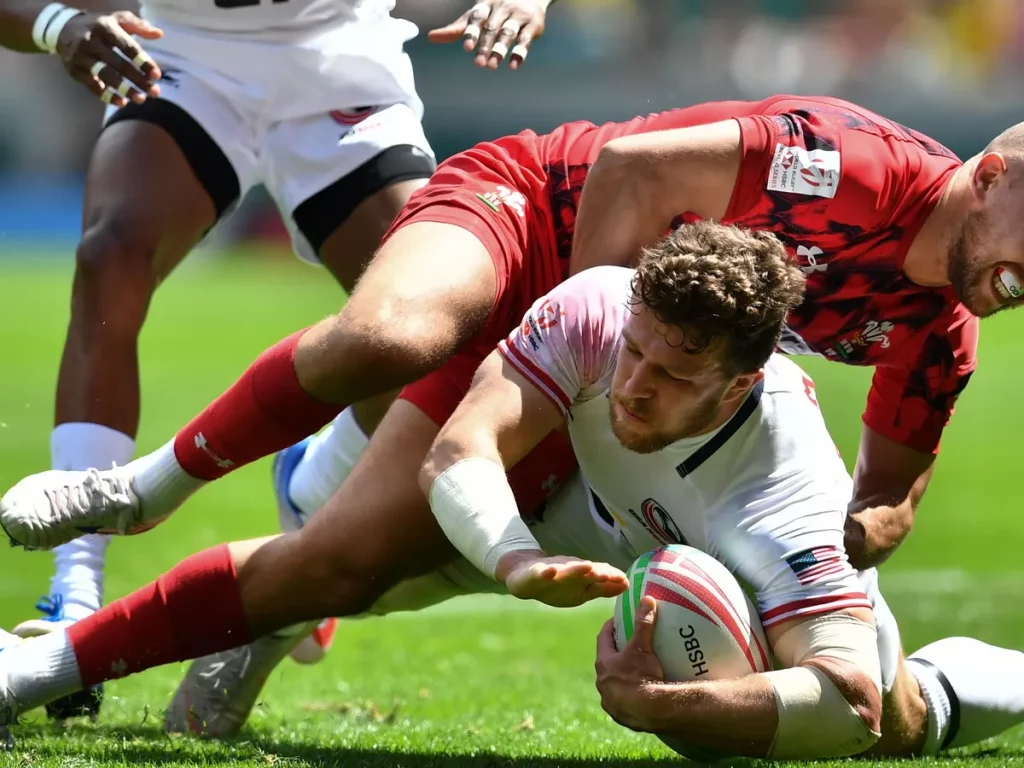Rugby is a very popular game in Europe and America. But did you know there are many variations of rugby that differ from the traditional one? One of them is Rugby Sevens. So what is Rugby Sevens, how to play and rugby positions 7s and the role of each player? Find out all of this in the article below.
The general definition of Rugby Sevens
Rugby Sevens aka Rugby Sevens is a variant of Rugby League in which teams of 7 players play seven-minute halves with a 2-minute break in between, instead of the usual 15 players. play for 40 minutes as traditional. Rugby Sevens is managed by World Rugby, the body responsible for rugby unions around the world. The game is popular at all levels, with amateur and club tournaments often held in the summer months. Sevens is one of the best-distributed forms of rugby and is popular in parts of Africa, Asia, Europe, and America, and especially in the South Pacific.
Sevens scores are generally the same as regular rugby scores, but scoring occurs much more often during games, as defenders are further apart. The scoring system is the same as for regular rugby union, namely five points for a try, three points for a penalty or goal loss, and two points for a post-try conversion. Sevens tournaments are traditionally known to have a more relaxed atmosphere than single-sided 15-player games and are often referred to as “festivals”. We have learned the basics of Rugby Sevens, now let’s go to the section Rugby positions 7s and their roles.
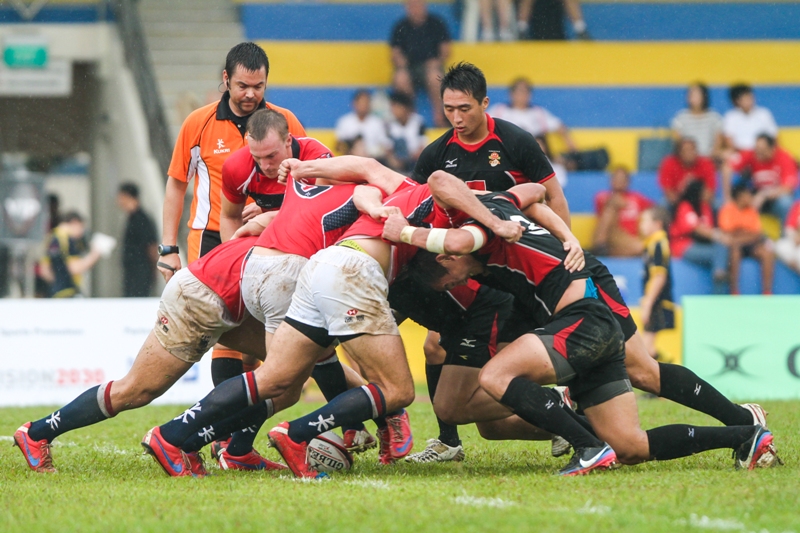
Rugby positions 7s and their roles
The 7s rugby positions are slightly different from those in the rugby union. With this in mind, let’s take a look at the 7s rugby positions in each team, so you can know exactly what each player does. While all positions require basic skills like running and passing, some have very specific roles. Teams consist of 7 players- three forwards and four backs. Below is a detailed breakdown of the names and roles of each player on the team.
|
Position |
Role |
| Loosehead Prop | Forward |
| Hooker | Forward |
| Tighthead Prop | Forward |
| Scrum-half | Back |
| Fly-half | Back |
| Center | Back |
| Wing | Back |
Loosehead Prop & Tighthead Prop
These are two forwards outside of scrum called props. Some people also call it a prop striker. Their main role is to support scrum. In 7s rugby, the props are often the strongest players on the field. They are also good side runners who are required to advance in the lineup. Some higher props are used in a formation to catch the ball. In the 7s rugby scrum, the loosehead prop is to the left of the scrum, while the tighthead prop is to the right.
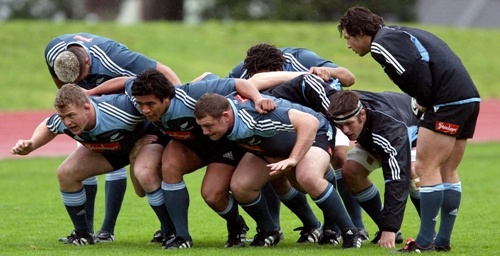
Hooker
The position in the middle of the scrum trio is called the Hooker. Their task is to shoot or hook the ball back to deliver to the defenders. If the hooker’s team wins, they will immediately leave the scrum and run to assist the halfback. At the same time, the hooker on the defending team will also leave the scrum immediately to defend. Hookers often lift a jumping player to assist in catching the ball. A lighter hooker can also be raised to catch.
Scrum-half
Of all the 7s rugby positions, the scrum-half has the most diverse role as well as one of the four backs. As the name suggests, even though the scrum-half does not push into the scrum, they still play the role of getting the ball into the scrum and rolling the ball towards the hooker’s feet. In addition, the scrum-half is also responsible for throwing the ball into the goal line. Once done, they run into position so they can receive the ball from the catcher. From here, they will either run the ball on their own or arrange an attack by crossing the ball out. Therefore, they need to have excellent passing skills and be elusive runners.
In attack, they often support the striker and pass the ball to the side or the middle. Scrum-half is usually passed to the fly-half who is at the center. Then they can set up the offensive play. They are also expected to find space and divide the pitch by speed. Whereas in defense, the scrum-half often plays the role of a sweeper. They must be able to predict and recognize the possible offensive moves of the opposing side.
Fly-half
The most amount of names for this position exist. You may hear the position called stand-off, out half, or second five-eighths. Fly-half was a regular player during a long game with excellent passing and running skills. It is also the best position to play in rugby as well as the most influential and important position on the field. Fy-half is responsible for controlling the attack, organizing the defense, and deciding the best time to kick.
Specifically, the Fly-half will direct the flow of attack and put their team in a situation where they have more attacking players in one area of the field than the opponent. The Fly-half is responsible for kicking at the start and starting from the penalty spot. Plus, they also make the switch after an attempt is scored and a penalty kick is taken. In the front line, the fly-half also has a role to throw the ball into play when receiving the ball directly from the striker who has caught the ball.
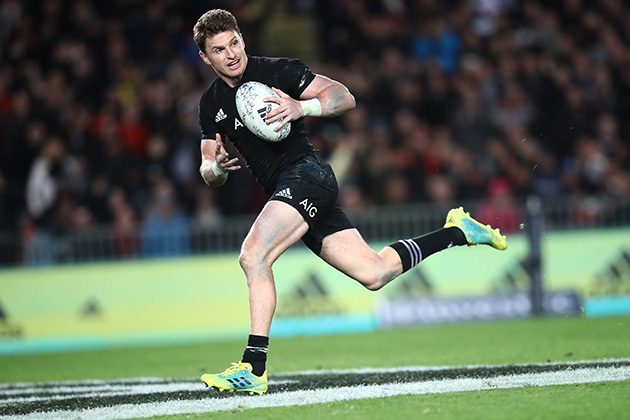
In 7s rugby, restarts are extremely tactical. The usual aim is to shoot the ball high and into a specific area of the field. If the fly-half can keep the ball in the air long enough, their teammates can get to a position where the ball will land before the opponent. Sometimes, however, the fly-half will choose to shoot the ball long into the opponent’s territory. This way, if the kick is high enough, the chaser can immediately tackle the opposing player and pressure them near his fixed-line.
Center
Also one of the four backs, the Center acts as the link between the fly-half and the wing in the attack. They often give the final pass in wide movements that send the wingers into space. Not only that, but the center also plays an important role in the defense. With their position in midfield, the center is in a great position to witness the opponent’s attacks. Therefore, they must communicate with their teammates to ensure the defense setup is correct. They are all players who must have speed greatness, and the ability to contact. On top of that, the centers are often the best defensive players on the team and lead the defense.
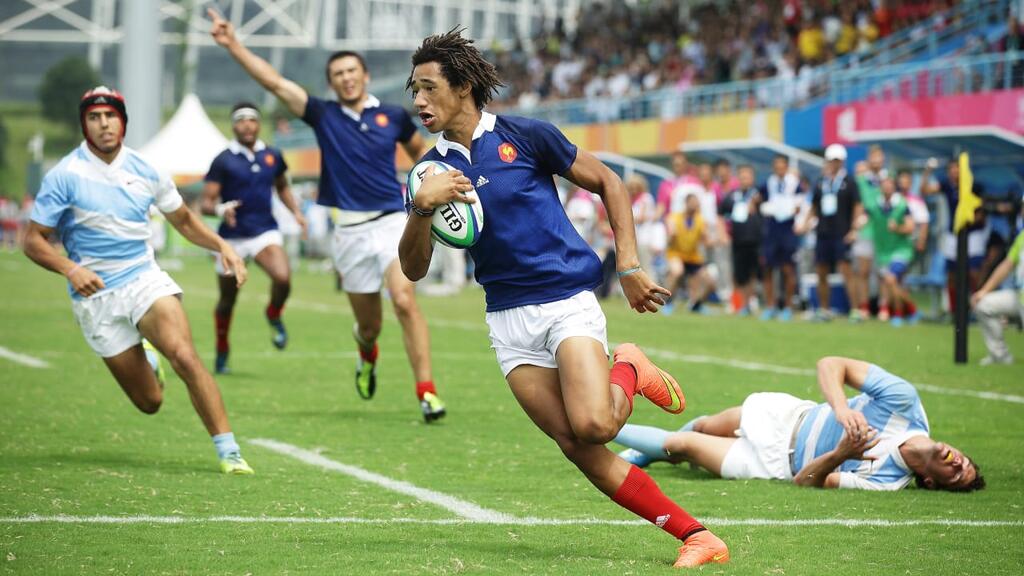
Wing
The wingers in the Rugby Sevens version are lucky to touch the ball a few times more than in traditional rugby. The winger in this game will be more involved in the attacking play. Their role is to stay close to the touchline and get the last pass from their teammates to run to the test line. However, with fewer defenders up front, the wingers often receive the ball deep in their half, perform a spin, and beat the defense before scoring. Due to such a role, their speed is usually very fast. Besides, they also need to remove the tackles from the attacking defenders and handle them in defense when necessary. That is all of rugby positions 7s.
Conclusion
As a result, our article today explained the basic rules of the game as well as the difference between rugby Sevens and traditional Rugby. In addition, the article also outlines rugby positions 7s and their roles. Hope this article has brought a lot of valuable information to you.
Read more:
